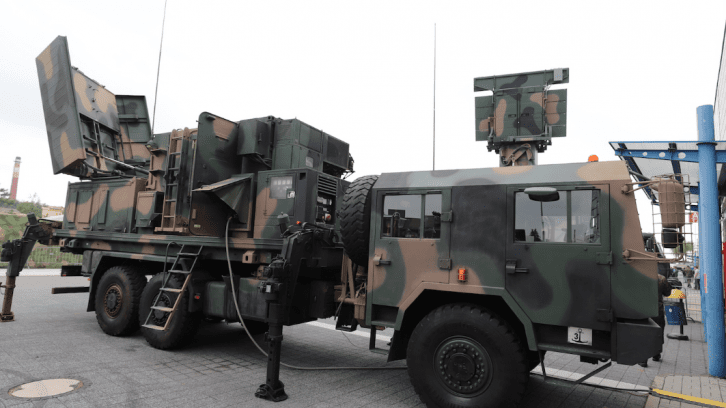Radar Training System for the Polish Artillery Units

The Armament Inspectorate has just signed an agreement concerning the procurement of a radar training system for the RZRA Liwiec firefinder radar. The above means that it would be easier to train soldiers in operating the system that plays a key role when it comes to effective employment of Krab howitzers or Langusta launchers.
As the release issued by the contractor (the PIT-RADWAR company) reads, the training system is going to be used to train the new Liwiec radar crews and to perfect the skill of the crews that have received their training already. The training system is going to be set up at the Artillery and Armament Training Centre in Toruń, thus becoming a relevant element of the training activities.
The training system will provide the crew-members (commanders and radar operators) with an ability to acquire and perfect their skills in the following areas:
- Operational use - by simulating the RZRA LIWIEC in virtual mode, replicating the actual work environment and radar environment,
- Design, diagnostics, maintenance, and repairs,
- Obtaining a proper level of operational coordination within the ZZKO TOPAZ system within which the radar is embedded, in the area of transferring the gathered intel.
The training will be taking place under the supervision of the instructors while the environment also makes it possible to test the knowledge of the trainees.
RZRA Liwiec is one of the most important elements of the reconnaissance system operated by the Polish artillery component. The product has been developed by PIT-RADWAR. It has seen combat use in Afghanistan, together with Dana-T howitzers, FlyEye UAVs, all integrated within the Topaz network.
See also: New Liwiec Counter-Battery Radars for the Rocket and Tube Artillery Units of the Polish Army
Liwiec’s primary function is to detect the enemy artillery positions and then, to transfer the data to the fire control system in an automated manner which allows for rapid execution of counter-battery engagement by own artillery assets. The radar is also capable of detecting small airborne threats such as UAVs. It was used to provide security for the NATO summit in Warsaw back in 2016 as well. In total, the military has ten radars as such at its disposal. They are placed within the inventory of the division artillery regiments and at the training centre in Toruń (Thorn). The military has received the final examples of the system in 2018.
Read more: Work Covered by the Liwiec Radar Procurement Contract Accomplished. What’s next?
Despite the fact that Liwiec is a modern system that has a good reputation among the soldiers, the number of these radars is insufficient to meet the requirements of the existing artillery units fully. The Polish military includes more than 20 artillery squadrons, including 12 in regiments that have the Liwiec radars at their disposal. The remaining squadrons belong to brigades. A single unit has less than 0.5 radar as such assigned. For the sake of comparison, one shall remember that the Bundeswehr, within 4 artillery squadrons (using PzH 2000 howitzers and MARS II /MLRS launchers), uses as many as 10 COBRA radars that carry out tasks that are very similar.
The Polish requirements within that scope will be growing as the 18th Mechanized Division is formed and along with the introduction of longer-range artillery assets - such as Krab or Langusta (with new effectors). To direct fire at distances of 30 to 40 kilometers, radars and UAVs are virtually indispensable. Thus it is reasonable to procure more radars, both for the newly formed, as well as for the existing units, to increase the saturation with recce systems.
